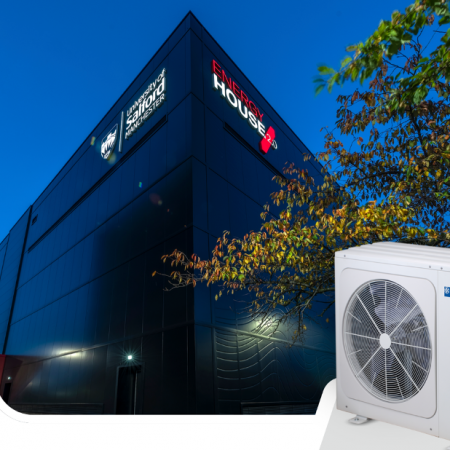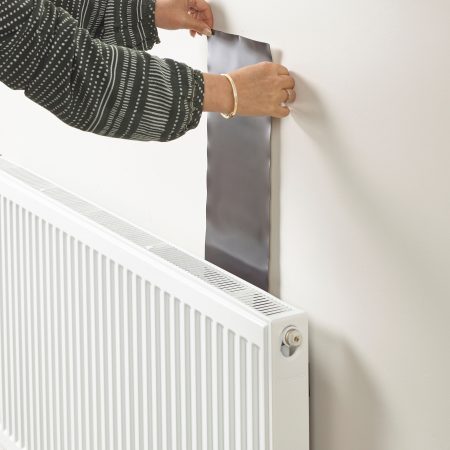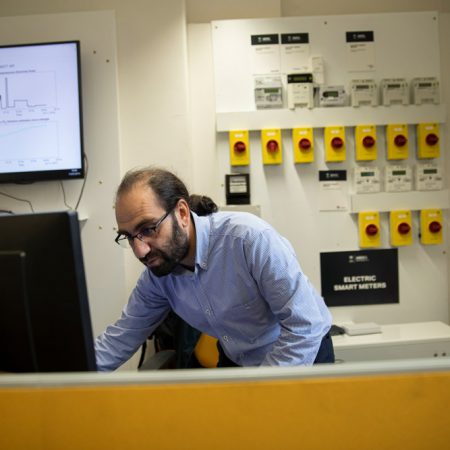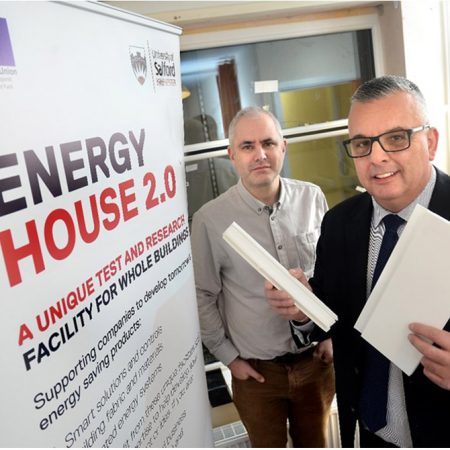
Worcester Bosch Hybrid Heat Pump Trial at Energy House 1
Energy House Labs recently collaborated with Worcester Bosch to test their CS5800i Hybrid Heat Pump system, a first-of-its-kind trial designed to understand how hybrid technologies can reduce UK carbon emissions. The testing was overseen by David Farmer, Research Fellow and Manager of Energy House 1. Hybrid systems combine two established technologies, an air source heat […]




